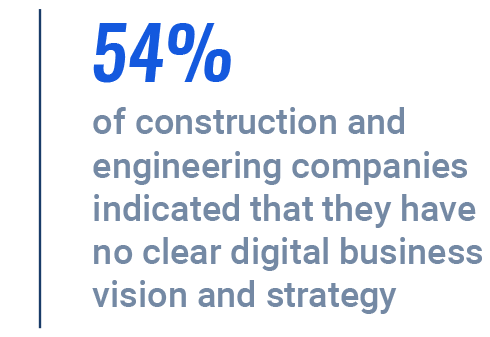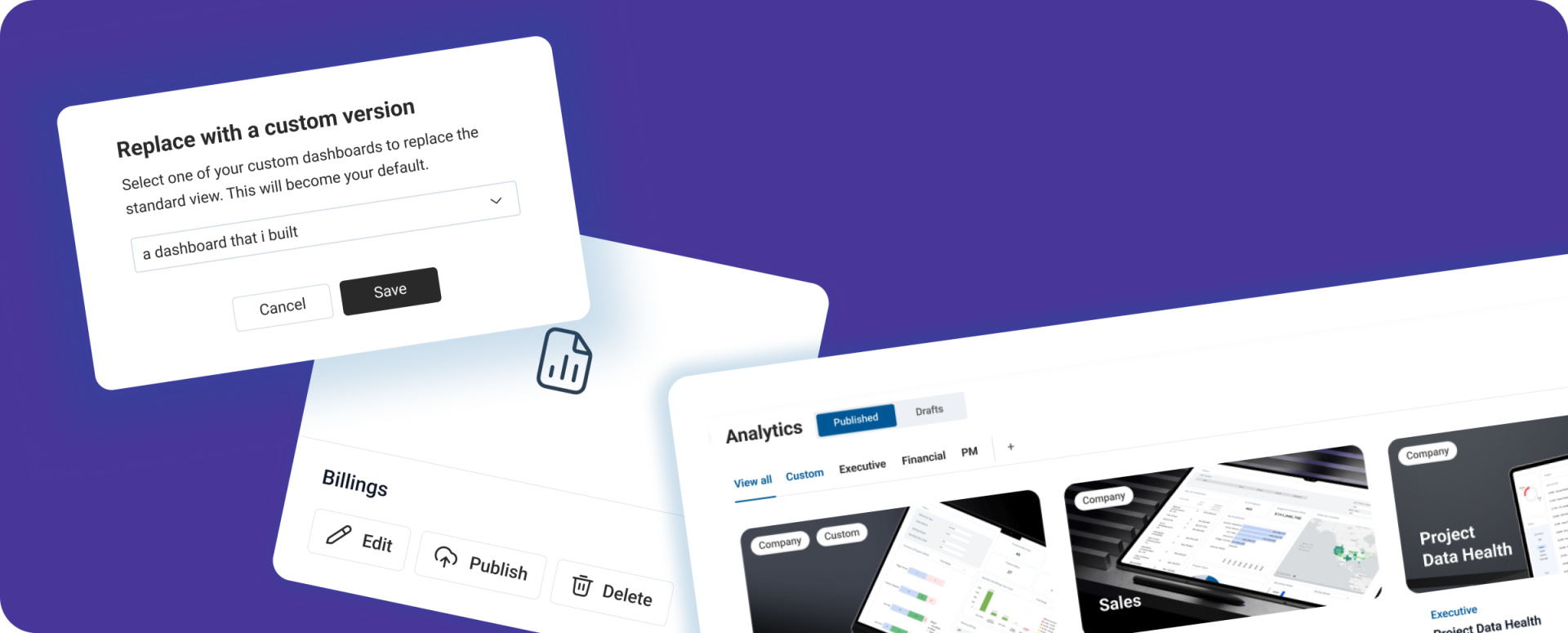The popular phrase “data is the new dollar” describes the lucrative ROI that information continues to deliver in the business world. In the construction sector, increasing tech adoption has improved many processes from the job site to the boardroom. But because construction is a complex industry with multiple stakeholders, ERPs and point-solution technologies (used to record and document progress on every project), this also means that many contractors now collect a staggering amount of data. The need for construction data integration will no longer be viewed as a ‘nice to have’.
The displacement of data captured among these platforms has given rise to another popular buzzword: data silos. A study conducted by Plangrid and FMI indicated that mistakes, searching for project data and managing conflicts add up to an additional $177.5 billion annually in the U.S. Before an organization can realize the ROI potential that data will deliver, the data must be accurate and accessible to those that need it. An integrated solution will break down silos to increase collaboration and productivity and overcome shortcomings within an organization.
Historical Underperformer
According to a recent McKinsey report, the construction industry has historically underperformed, due in part to unfavorable long-term market conditions, as well as some additional burdens.
These latter includes:
- Lagging productivity: less than 1% per year growth over the last 20 years versus 2.8% for the total economy.
- Slow technology adoption: according to a KPMG report, 54% of construction and engineering companies indicated that they have no clear digital business vision and strategy (48% of these respondents planned to invest more in technology over the next 12 months).
- Low profitability and high risk: this combination, which can put even the best contractor in the red after just a few problems, continues to challenge the industry in the form of dreaded rework, inefficient use of resources, and other persistent cost pressures.
There is no shortage of ERP platforms and technology point solutions in the construction industry; from onsite technology including drones and wearables to project lifecycle management and communication platforms that monitor and store the progress of jobs as they go. Each organization has its own technology stack, including back-office solutions such as CRMs, accounting software and human resources management.
Whether the goal is to gain real-time insights into project performance, get paid faster or pin-point risk and inefficiencies after the fact, today’s construction contractors have a remarkable array of options.
In some cases, contractors actually complain of having too many applications, some of which are difficult to use, too expensive and inadequately integrated with other apps. Personnel, in particular, rarely have the time to master four or six different pieces of software, all opened and closed separately, and all with different logins, passwords, limitations and quirks.
Construction data integration approaches allow commercial contractors to manage their workflows from beginning to end all in one place. In so doing, they can:
- Sync multiple data sources to eliminate siloed data and reduce wasted hours from manual entry
- Increase cross-department collaboration
- Gain instant access to project data, which is often difficult and time-consuming to track down at companies with legacy approaches
On this last point, miscommunication and poor project data accounted for 48 percent of all rework on U.S. job sites, according to the aforementioned 2018 PlanGrid and FMI report. Having all information in hand will improve productivity throughout an organization by driving the right insight to the right employee in a time-efficient manner.
A 2021 Construction Payment & Cash Flow survey conducted by construction payment startup Levelset indicated that fewer companies are getting paid in full and on time since pre-pandemic times. The majority of respondents indicated that good communication and setting clear expectations are the biggest factor contributing to faster payments. An overwhelming 82% of respondents indicate that it’s ‘very important’ to have accurate job information.
Technology bridges the gap between the stakeholders on projects enabling new ways to optimize productivity, gain a clear picture of scheduling and costs, and improve the way they work. On a recent AEC Business podcast episode, participants noted that ongoing R&D could soon put AI in the hands of construction professionals:
“More and more tools are going to be dashboardable or SaaS-able over the next 5-years and I think that’s when spaces like construction and mining will begin to see an uptick and even the mid-market of construction will be able to benefit from AI because it won’t have the same R&D barrier as it does today”
— Daniel Faggella
Until then, organizations should find a construction data integration solution to have their data structured, cleansed, and prepared for analysis. This will allow them to utilize business intelligence solutions and capture the emerging benefits that advanced analytics methods such as machine learning, AI, and predictive analytics will provide.






